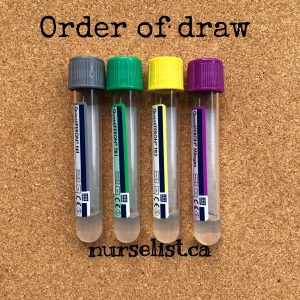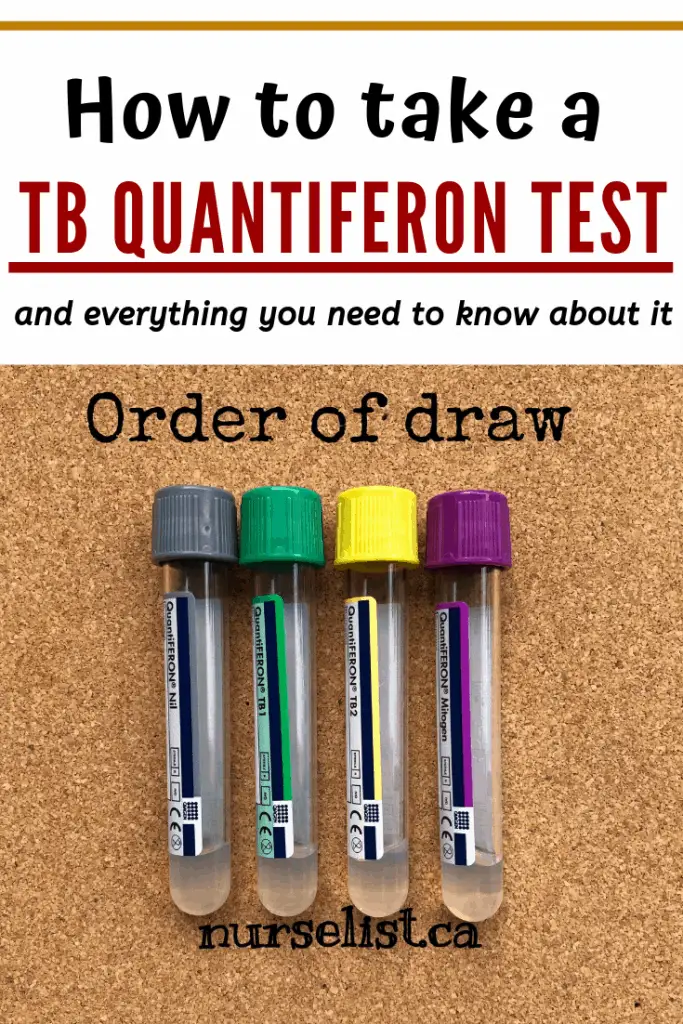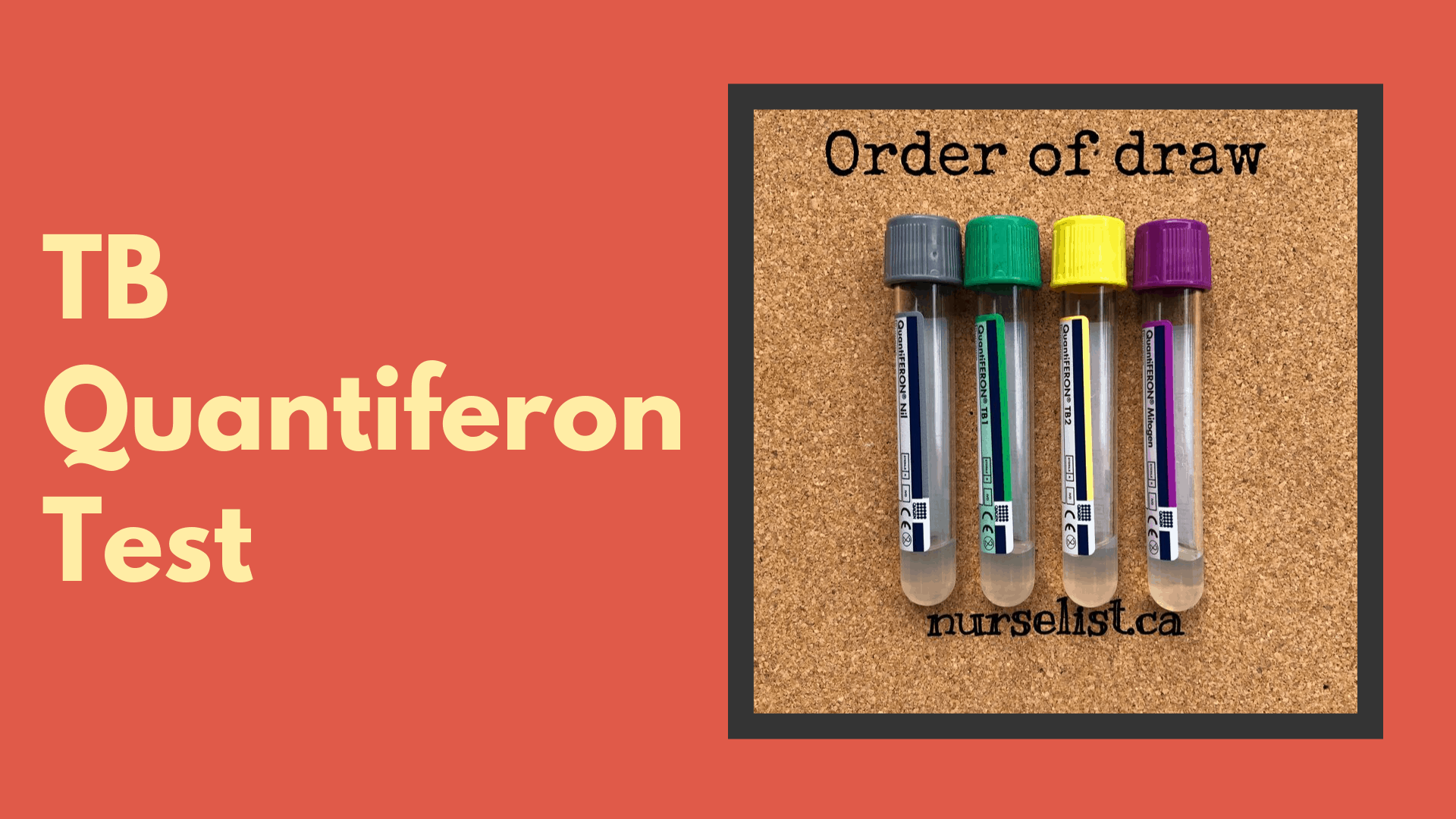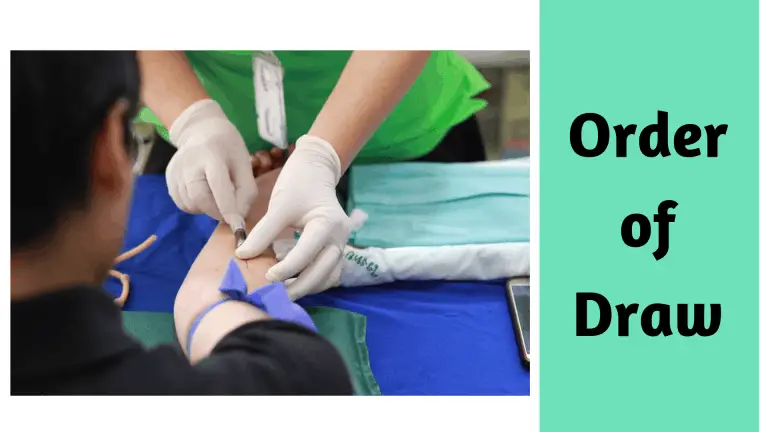How to Take TB QuantiFeron Test & Everything You Need to Know About It
TB Quantiferon test is also known as QuantiFeron-TB Gold Plus or QFT-Plus. It’s a test developed by QIAGEN for the detection of Mycobacterium tuberculosis infection.
What is TB QuantiFeron Test?
TB Quantiferon is a special blood test used to detect the presence of Mycobacterium tuberculosis infection. It replaced the century-old TB skin test which is also known as PPD, Mantoux test, tuberculin skin test or TST.
What is a TB Skin Test?
Before, the only way of detecting Mycobacterium tuberculosis infection is to do a TB skin test. It’s done by injecting a small amount of TB protein under the skin. If you have an active TB infection or if you have been exposed to Mycobacterium tuberculosis, a wide red bump will develop around the injection site.
How does a TB test look like when it is positive?
When a tuberculin skin test is positive, an induration or localized swelling will appear after 1-3 days. It has to measure more than 5mm in diameter to consider it positive.
What are the advantages and disadvantages of a tuberculin skin test vs the Quantiferon-TB test?
A tuberculin skin test is cheaper than the QuantiFeron-TB Gold Plus. However, it cannot differentiate active or latent infection and it takes three days to be read.
The QuantiFeron-TB Gold Plus, on the other hand, can confirm active tuberculosis infection. It uses highly specific TB antigens that aid in properly detecting the presence of TB infection in the blood. It takes a maximum of 24 hours to get the results.
QuantiFeron-TB Gold Plus Order of Draw

The order of draw for blood tubes are important in ensuring accurate test results. The same thing applies for the collection of QuantiFeron-TB Gold Plus.
The gray tube must be withdrawn first, followed by green, yellow and purple tubes. To remember this, take note of this memory aid:
Gray’s goblins yells for peace.
Reminders on How to Do QFT-Plus Properly
- If you are using a butterfly needle, use a discard tube before the QFT-Plus tubes to remove the air along the butterfly tubing.
- Remember that QFT-Plus tubes are vacuum-pressured to collect exactly 1mL of blood in each tube. The blood will stop filling the tube once the tube collected 1mL already. That’s why it’s very important that there is no air present in the butterfly tubing before attaching the QFT-Plus tubes for blood collection.
- QFT-Plus tubes fill up very slowly. This might make you think that you hit a bad vein but be assured that the tubes are made to collect blood slowly.
- After filling the tubes, shake them 10 times to ensure that the surface is entirely coated by blood. Over or under shaking will produce erroneous results.
- The tubes should be delivered upright to the laboratory.
- At the time of collection, the tube temperature should be between 17-25 degree Celsius.
- Some healthcare institutions may require special training before a nurse or a phlebotomist can do a QFT-Plus test.


